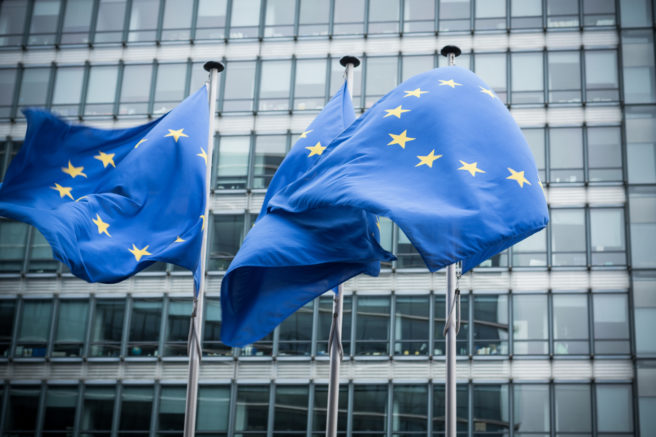 On February 8, 2022, the Department of Justice announced the seizure of a record $3.6 billion in stolen BTC it alleges was tied to the 2016 hack of Bitfinex, a virtual currency exchange. A husband-wife duo, Ilya “Dutch” Lichtenstein and Heather Morgan of New York, New York were arrested the same day and charged via a criminal complaint with conspiracy to commit money laundering and conspiracy to defraud the United States. Lichtenstein and Morgan are being held on $5 million and $3 million in bail, respectively, and will be on house arrest pending trial.
On February 8, 2022, the Department of Justice announced the seizure of a record $3.6 billion in stolen BTC it alleges was tied to the 2016 hack of Bitfinex, a virtual currency exchange. A husband-wife duo, Ilya “Dutch” Lichtenstein and Heather Morgan of New York, New York were arrested the same day and charged via a criminal complaint with conspiracy to commit money laundering and conspiracy to defraud the United States. Lichtenstein and Morgan are being held on $5 million and $3 million in bail, respectively, and will be on house arrest pending trial.
The Statement of Facts by the government in support of the criminal complaint filed against the defendants reveals a vast and complicated web of transactions that allegedly permitted Lichtenstein and Morgan to transfer approximately 25,000 of the 119,754 BTC stolen by hackers—valued at “only” $71 million at the time of the theft but now worth about $4.5 billion—to various virtual currency exchangers. According to the Statement of Facts, the stolen BTC was shuttled to an unhosted wallet (i.e., a cryptocurrency wallet not controlled by a third-party but by the user) with over 2,000 BTC addresses, then to various accounts at the “darknet market AlphaBay,” later to a number of accounts at four different virtual currency exchangers, then to more unhosted BTC wallets, and finally to accounts at six more virtual currency exchangers where it was converted into fiat currency, gift cards, and precious metals. The defendants further allegedly liquidated BTC through a BTC ATM and purchasing non-fungible tokens.
As if the sheer volume and layers of accounts was not enough, the duo allegedly:
- Moved the funds in a “series of small amounts, totaling thousands of transactions”;
- Used software to “automate transactions” which allowed for “many transactions to take place in a short period of time”;
- “Layered” transactions by depositing and withdrawing the BTC through many accounts to obfuscate the trail, including through extensive layering activity that employed the “peel” chain technique; and
- “Chain hopped” by converting BTC to anonymity-enhanced virtual currency to cut and disguise the blockchain trail.
 Farewell to 2021, and welcome 2022 — which hopefully will be better year for all. As we do every year, let’s look back — because 2021 was a very busy year in the world of money laundering and BSA/AML compliance, and 2022 is shaping up to be the same.
Farewell to 2021, and welcome 2022 — which hopefully will be better year for all. As we do every year, let’s look back — because 2021 was a very busy year in the world of money laundering and BSA/AML compliance, and 2022 is shaping up to be the same.
 Global AML Compliance Faces Challenges Relating to Regulator Expertise, the Travel Rule, Decentralized Finance, and “Regulator Shopping”
Global AML Compliance Faces Challenges Relating to Regulator Expertise, the Travel Rule, Decentralized Finance, and “Regulator Shopping” 
 European Commission Proposes EU-Level Supervisory Authority and Cryptocurrency Travel Rule
European Commission Proposes EU-Level Supervisory Authority and Cryptocurrency Travel Rule Agenda Highlights Intersection of National Security, Corruption and Anti-Money Laundering
Agenda Highlights Intersection of National Security, Corruption and Anti-Money Laundering Sixth Post in an Extended Series on Legislative Changes to BSA/AML Regulatory Regime
Sixth Post in an Extended Series on Legislative Changes to BSA/AML Regulatory Regime
 Farewell to 2020. Although it was an extremely difficult year, let’s still look back — because 2020 was yet another busy year in the world of money laundering and BSA/AML compliance.
Farewell to 2020. Although it was an extremely difficult year, let’s still look back — because 2020 was yet another busy year in the world of money laundering and BSA/AML compliance. On November 5, 2020, the
On November 5, 2020, the